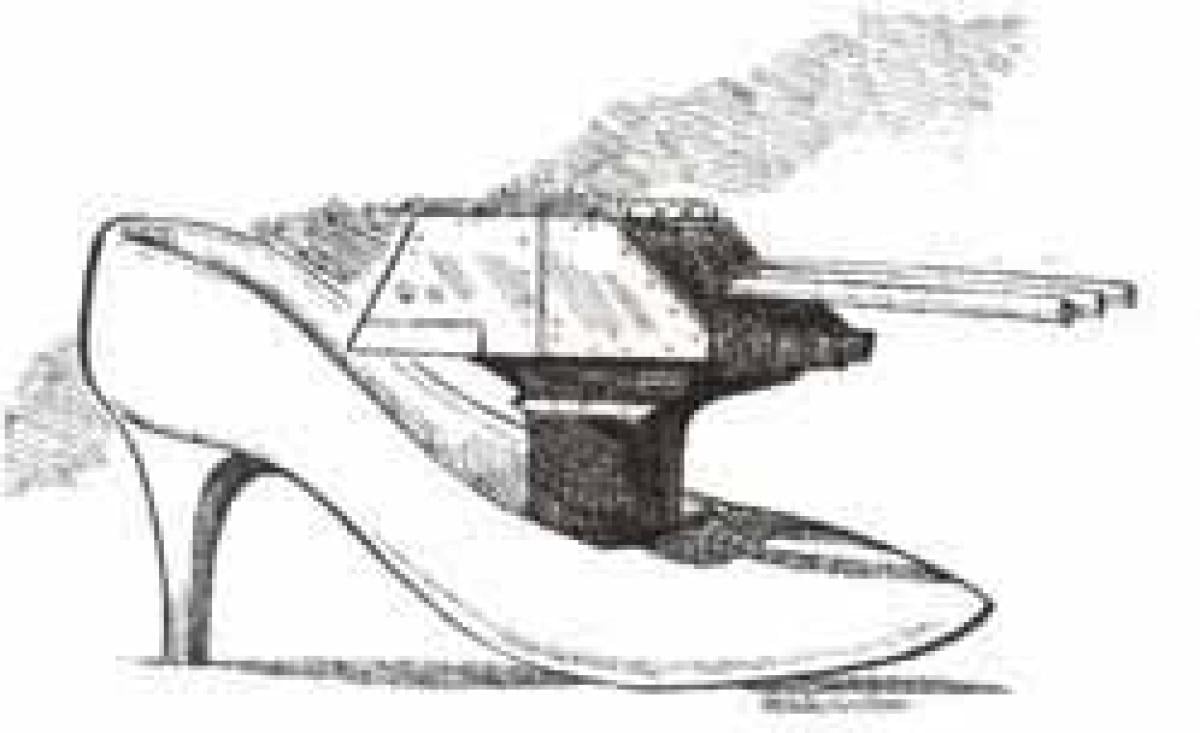Ships are referred to as "she" because men love them, but this encompasses far more than just that. Man-o'-war or merchantman, there can be a great deal of bustle about her as well as a gang of men on deck, particularly if she is slim-waisted, well-stacked, and has an inviting superstructure. It is not so much her initial cost as it is her upkeep that makes you wonder where you founder. She is greatly admired when freshly painted and all decked out to emphasize her cardinal points. If an aircraft carrier, she will look in a mirror when about to be arrested, and will wave you off if she feels you are sinking too low or a little too high, day or night. She will not hangar around with duds, but will light you off and launch you into the wild blue yonder when you muster a full head of steam.
Even a submarine reveals her topsides returning to port, heads straight for the buoys, knows her pier, and gets her breast-lines out promptly if she is single-screwed. On departure, no ship leaves port asleep, she always leaves awake. She may not mind her helm or answer to the old man when the going gets rough, and can be expected to kick up her heels on a family squall.
A ship costs a lot to dress, sometimes blows a bit of smoke, and requires periodic overhauls to extend her useful life. Some have a cute fantail, others are heavy in the stern, but all have double-bottoms which demand attention. When meeting head-on, sound a recognition signal; whistle! If she does not answer up, come about and start laying alongside, but watch to see if her ship is slowing . . . perhaps her slip is showing? Then proceed with caution until danger of collision is over and you can fathom how much latitude she will allow.
If she does not remain on an even keel, let things ride, feel your way, and do not cross the line until you determine weather the "do" point is right for a prolonged blast. Get the feel of the helm, stay on the right tact, keep her so, and she will pay off handsomely. If she is in the roaring forties, however, you may be in the dangerous semi-circle, so do not expect much "luff," especially under bare poles. She may think you are not under command or control and shove off. If she edges aweigh, keep her steady as she goes, but do not sink into the doldrums. Just remember that "to furnish a ship requireth much trouble, but to furnish a woman the cost is double!"
To the women who now help us "man" our ships, my apologies for the foregoing. Only the opening phrase presents my true feelings. After all, a ship's bell(e) will always remain her most prized possession, and every good ship has a heart, just like yours. A trick at the wheel, like you, would have been welcome aboard when I was on "she" duty for 40 years. May God bless you all, sweetheart!
Good Point!
At Naval History's editorial offices, in the presence of the author, the editor reacted to the above with a resounding: "Most of our readers will love it; the women will hate it!" Coincidentally, the U.S. Naval Institute's chief financial officer, obviously sensitive to such statements, overheard and inquired: "The women will hate what?" She then heard of plans to publish "Why We Call a Ship a She." Unaware of the author's presence, she asked: "If they call ships she, then why do they name them Arleigh Burke?" To that, Admiral Foley responded, "Good point!"



